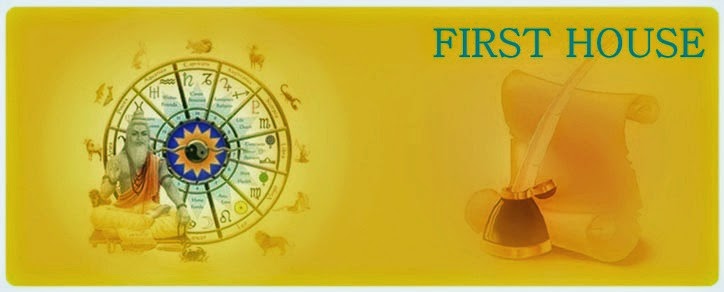‘Moon’ is a planet of paramount
importance in the study of Birth-Charts. Though conventionally, Sun and Moon
are not considered to be as planets, in the realms of astrology, these are not
just considered to be the planets, but planets of authoritarian repute.
Moon is said to be the creator of
mind. To support this fact, I am putting below a golden reference, taken from
Purusha Suktam’ (Purusha sukta is hymn 10.90 of the Rigveda, dedicated to the
Purusha, the 'Cosmic Being') directly;
Chandrama Manaso Jayatha – (meaning) ‘Mind arose from the Moon directly’
Moon represents the ‘Shakti’ (giant
reservoir of feminine energy), and Sun represents the ‘Shiva’ (giant reservoir
of masculine energy). Sun is connected with the day time, and Moon is connected
with the night time. The movement of Sun and Moon (dance of Shiva & Shakti)
together is said to be the basis of grand equilibrium in the universe.
Moon has the ability to behave in
dual ways (benefic as well as malefic) in its intrinsic nature. While the Moon
is waxing, it behaves as a benefic influence over rest of the planets, and
while the Moon is waning, it behaves as a malefic influence over rest of the
planets. It is important to note that ‘Intrinsic Nature’ of rest of the planets
is either Benefic or Malefic, and the Moon is singled out in its ability to act
as ‘Benefic’ or ‘Malefic’ depending over its phase.
Moon represents Mind, Mother,
Wealth.
Moon has been rightly bestowed
with stellar importance in Vedic Astrology by preparation of separate natal chart
using Moon as Ascendant.
Benefic Moon indicates joy,
content, enthusiasm, hope and peace of mind while malefic moon indicates
worries, depression, suicidal tendency and pessimistic attitude.
Results of Transits:
If Moon is transiting over a
sign (rasi) which has 0 to 3 benefic points, below mentioned results are
obtained.
Worries, anxiety, irritability,
worry due to relatives, sickness of mother, sorrows, affliction of diseases,
poverty, and litigation.
If Moon is transiting over a
sign (rasi) which has 4 benefic points, average results (mixed in nature) are
obtained. This might mean that something good happens, interspersed with
something bad, with respect to areas of Moon’s influence.
If Moon is transiting over a
sign (rasi) which has 5-8 benefic points, below mentioned results are obtained.
Wealth, friendships and romance,
escalated imaginative power of mind, comforts of daily life, popularity, good
health of mother.
Rightly enough, Moon has been
imparted the pivotal importance in astrology as it governs entire personality
of the native in terms of psychological evolution and tendencies of the mind.























